What are Coupled Reactions?
For the spontaneity of a reaction, ΔG must be negative. There are some reactions, for which the value of ΔG is positive and therefore, these reactions are non-spontaneous. These reactions can be made spontaneous if these reactions are carried by coupling with some other reactions having very large negative Gibbs energy value so that the Gibbs energy for the two combined reactions become negative.
Thus, the reactions in which non-spontaneous reactions are made spontaneous by combining with a spontaneous reaction are called coupled reactions. The Gibbs energy of the two combined reactions become negative.
Example I- Decomposition of iron oxide, Fe2O3 into iron.
| 2Fe2O3 (s) ———-> 4Fe (s) + 3O2 (g); ΔrG0 = +1487.0 kJ mol-1 …………..(I) |
This positive value of ΔrG0 means that the reaction is non-spontaneous. This reaction can be made spontaneous by coupling with a reaction having a large negative ΔrG0.
| 2CO (g) + O2 (g) ———-> 2CO2 (g); ΔG0 = -514.4 kJ or 6CO (g) + 3O2 (g) ———-> 6CO2 (g); ΔG0 = (-514.4 x 3) kJ = -1543.2 kJ ……………..(II) |
Coupled Reaction- Adding equation (I) and (II)-
| 2Fe2O3 (s) + 6CO(g) ———-> 4Fe (s) + 6CO2 (g); ΔG0 = +1487 – 1543.2 = -56.2 kJ |
Thus the value of ΔG0 is negative, the thermal decomposition of Fe2O3 in the presence of CO is spontaneous.
Example II- Biosynthesis of sucrose from glucose and fructose in the presence of ATP.
| ATP + H2O ———-> ADP + Phosphate Ion; ΔG0 = -31 kJ/mol |
This reaction can be coupled with a non-spontaneous reaction to make them spontaneous.
| Glucose + Fructose ———-> Sucrose + H2O; ΔG0 = +23 kJ/mol |
Coupled Reaction-
| Glucose + Fructose + ATP ———-> Sucrose + ADP + Phospahte Ion; ΔG0 = -8 kJ/mol |
Since ΔG is negative, therefore, the coupled reaction is spontaneous.
Significance of Coupled Reactions:
(I) It is used for converting a non-spontaneous reaction into a spontaneous reaction.
(II) It has a significant role in biological systems. ATP (adenosine triphosphate) present in the cells is a source of energy and is highly spontaneous. It gets hydrolysed in the presence of a suitable enzyme as-
| ATP + H2O ———-> ADP + Phosphate Ion; ΔG0 = -31 kJ/mol |
This reaction can be coupled with a non-spontaneous reaction to make them spontaneous. Example- Biosynthesis of sucrose from glucose and fructose.
| Glucose + Fructose ———-> Sucrose + H2O; ΔG0 = +23 kJ/mol |
Coupled Reaction-
| Glucose + Fructose + ATP ———-> Sucrose + ADP + Phospahte Ion; ΔG0 = -8 kJ/mol |
Since ΔG is negative, therefore, the coupled reaction is spontaneous.


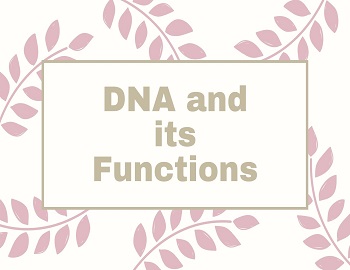
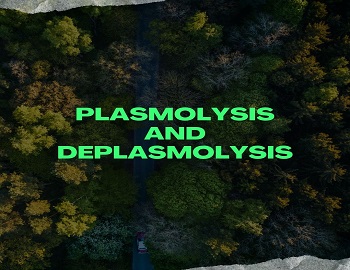
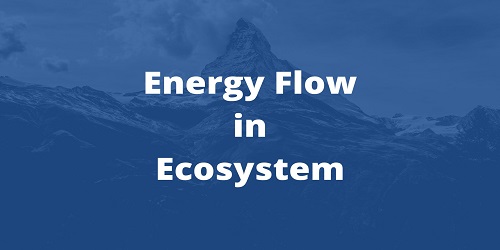
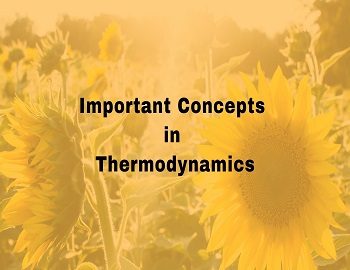
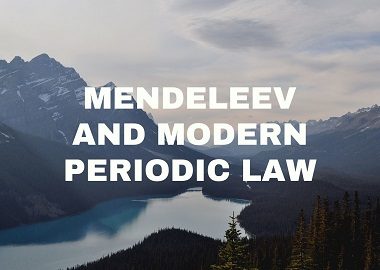

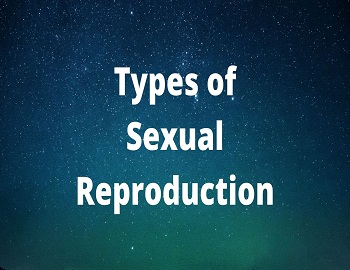
Comments (No)